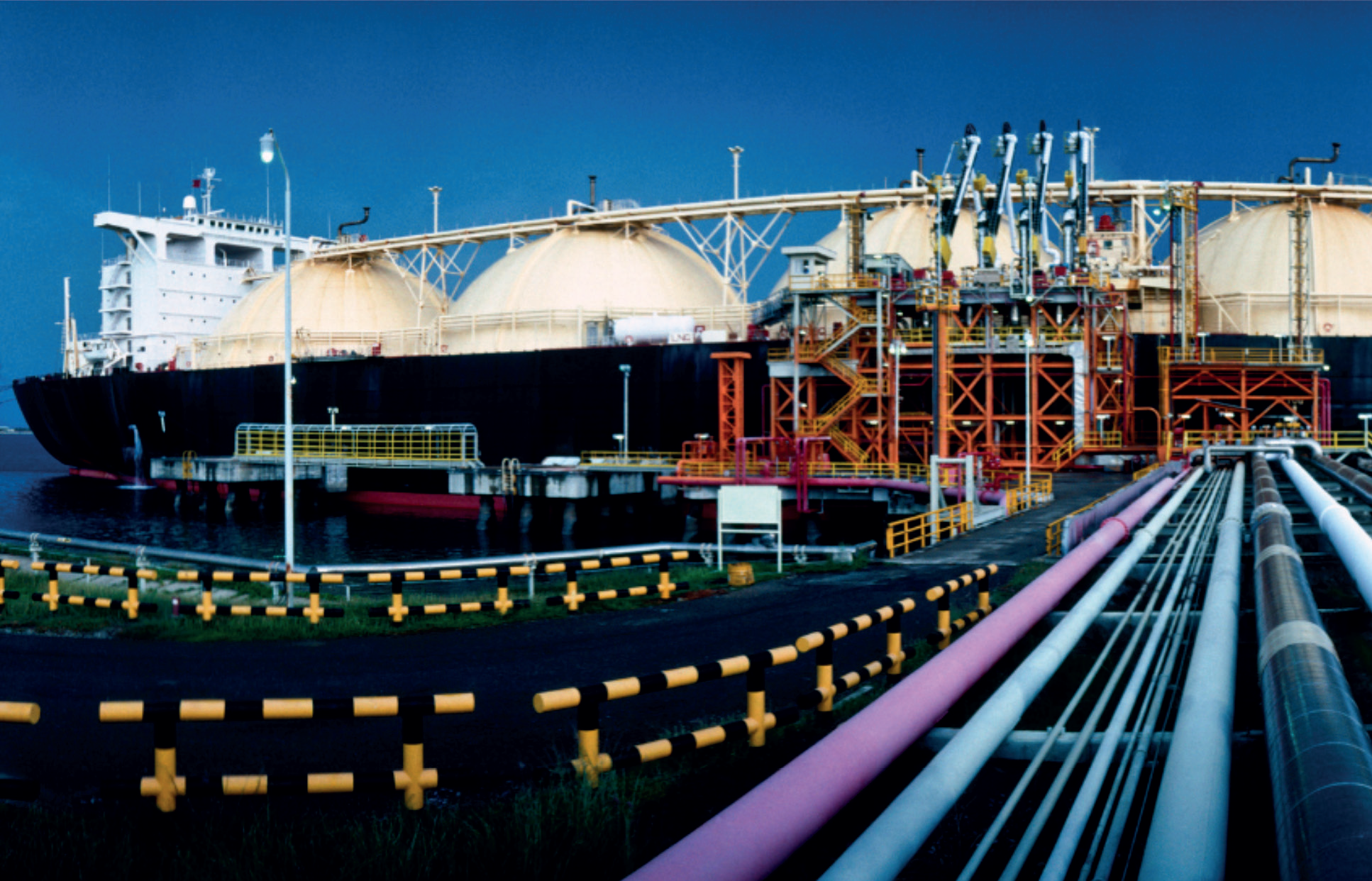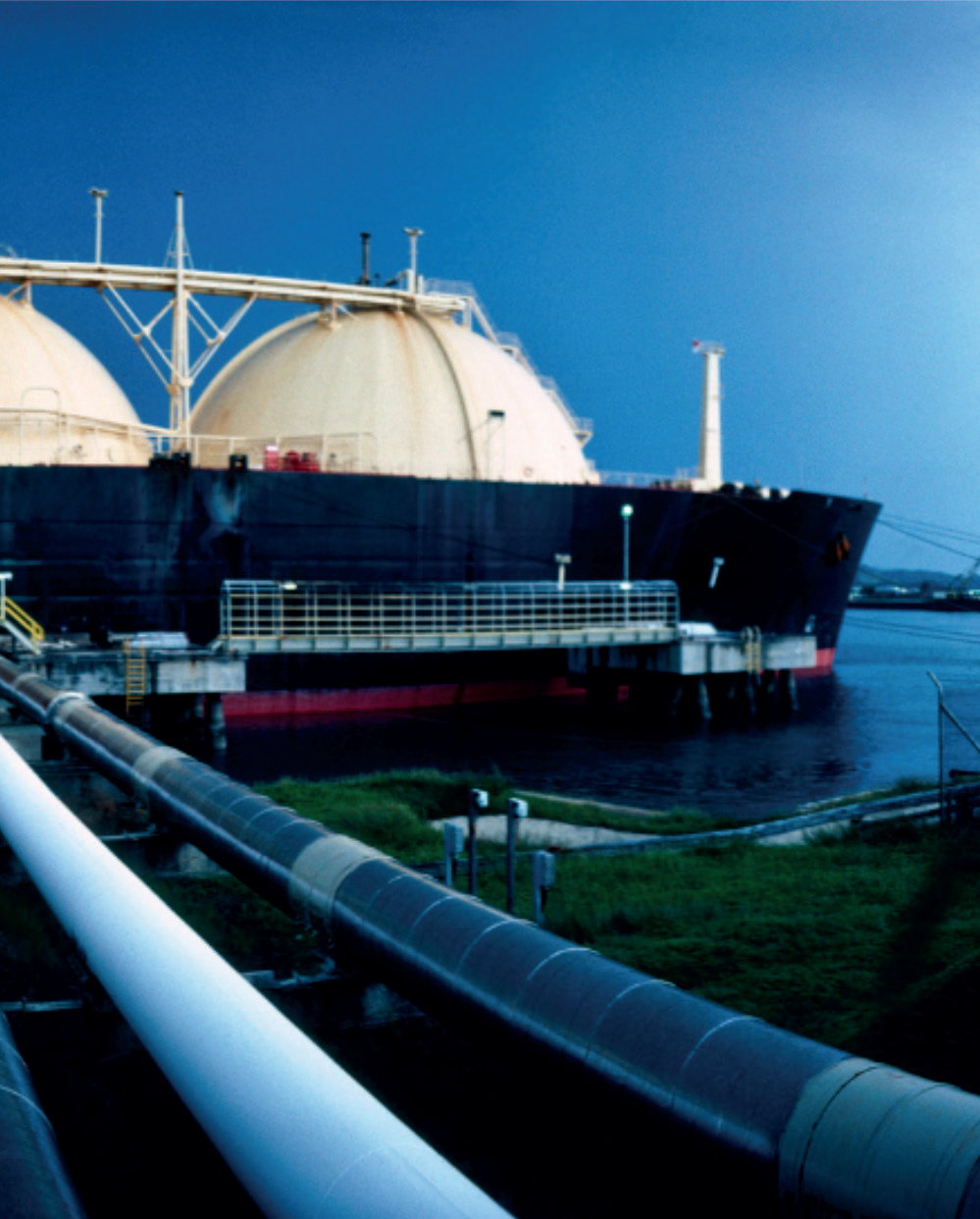Next year, there are many advancements being made in the valve industry, impacting valve trends and applications. Valve World Americas presents a list of closely watched topics over the upcoming year. This list is by no means exhaustive, however, it will outline a few special topics to be featured in the upcoming issues of 2023.
By KCI Editorial
Growing Markets
LNG and Valves
The relationship between liquid natural gas (LNG) and valves is commercially significant before the ongoing situation in Eastern Europe is considered.
After a decades-long effort of energy policy connecting East and West, incentivizing negotiation, rather than conflict, came to an apparent end in February 2022, followed by a physical end in September 2022 in the wake of the Nord Stream pipeline’s destruction. Germany, Europe’s largest economy, found itself without a primary natural gas supplier.1
Coincidentally, Europe experienced its third warmest autumn season since record-keeping began in 1881. This gave precious time to fill up gas storage sites and ramp up LNG imports, before what is expected to be a cold start to winter. 2
Transporting LNG is challenging. The temperature required to liquefy natural gas is -260°F. As a result, most pipes, valves, and fittings are specified to meet cryogenic temperatures of -270°. This complication is compounded when the LNG must be transferred an ocean away. 3
According to the Energy Information Administration, U.S. LNG exports rose by 12% in the first half of 2022, averaging 11.1 billion cubic feet per day. 64% of which went to the EU and the UK during the first five months of this year. 4
American Exports were operating at, or at times over, 100% capability. In 2023 and beyond, this capacity will be growing. Four major United States LNG Export projects are under construction; Calcasieu Pass LNG, Golden Pass LNG, and two more projects on the U.S. Gulf Coast have begun construction. 5
LNG terminals are required to receive these exports. In Germany, two LNG terminals were launched in November, and up to six floating storage and regasification units, spread over four sites, are currently expected to come online by the end of 2023. 6
All infrastructure mentioned above will need a multitude of severe service valves. Given the context, the situation in Germany and Europe is unfortunate but the implication for the valve industry, particularly those who manufacture cryogenic valves is undeniable. 7
Pound-for-pound natural gas may be considered the least environmentally harmful fossil fuel, and valves have and will continue to play a pivotal role in delivering this efficient energy.8
Valve World Americas will feature a special topic on severe service applications in April 2023, and Spotlights on cryogenic valve manufacturers Powell Valves, FBV, and ISV in March, August, and December 2023 respectively.
Valves and Hydrogen
The growth of the hydrogen industry offers hard-to-abate sectors the potential for a green alternative to traditional fossil fuels.
According to an IEA report, the current attitude towards green (and blue/gray) hydrogen is enjoying unprecedented political and commercial momentum. Valves will be required for anyone to take advantage of this impetus to scale up the technology and bring the costs down.9
Utilizing surplus renewable energy by the process of electrolysis to produce green hydrogen can lead to variations in supply, meaning valves need to be able to deliver accurate control in conjunction with quick response times for the production of green hydrogen to be effective.

Considerations must be made for the transport and storage of hydrogen. Pipelines, which the IEA explicitly states can fast-track the whole industry by repurposing gas networks, may be done by replacing valves or other leak-prone parts. On top of this, there is growing demand, though currently limited, for consumer hydrogen fuel-cell cars and buses, which will require infrastructure.10
If hydrogen is to be the answer for the greening of hard-to-abate sectors, then production must grow significantly by 2030 to meet climate pledges put forward by the world’s governments. Therefore, the scale of the industry, and the demand for high-end valves with it, may be poised to take off in 2023 and subsequent years.
At the very least, heading into 2023, it can be said there is genuine political and commercial will behind hydrogen. Valve World Americas will be producing a featured article on the subject in March 2023.


Technology and Legislation
Fugitive Emissions
On November 11, 2022, at the COP27 conference, in Sharm El Sheikh, Egypt the Environmental Protection Agency (EPA) issued a press release announcing its intention to strengthen standards to cut methane and other harmful air pollutants.
The EPA’s estimates show the updated standards would reduce an estimated 36 million tons of methane emissions from 2023 to 2035, while also reducing volatile smog-producing organic compounds emissions by 9.7 million tons from 2023 to 2035.
Parts of the government’s strategy to achieve these lofty goals are left ambiguous in the press release and subsequent report, leaning heavily on American ingenuity and innovation to implement technologies and cutting-edge solutions which are being developed.
The EPA does offer a more concrete plan to ensure effective and inexpensive well-monitoring, leveraging established remote sensing technology, while establishing an emission standard for dry seal compressors, which currently remains unregulated.
The core of the strategy is the creation of a ‘Super-Emitter Response Program’ that will respond to credible third-party reports of high-volume methane leaks, while leaving companies discretion in their methane-detection strategy and technology. 11
Sniffers, drones, and optical gas imaging cameras are among the many ways to detect methane and other fugitive emissions, and the case for limiting emissions is not strictly regulatory or environmental. The IEA reports consumers and businesses alike are increasingly looking at the emissions profile of organizations, there is a strong argument to be made that an emissions producer without a credible story on methane abatement is also one that is taking commercial risks.
Valve World Americas will be keeping a close eye on the EPA’s implementation of the new standards and further announcements, fugitive emissions will be a featured story in December 2023.
Carbon Capture
In 2023, oil demand is expected to surge to 101.6 million barrels per day, and while total supply may drop – mainly from Russian sanctions, and a drop in Middle Eastern production – non-OPEC supply is projected to expand by 1.9 million barrels.
This combined with the expansions of global refining capacity by about 1.6 million barrels per day in 2023 indicates the fossil fuel industry remains healthy. 13
Valve manufacturers and distributors will continue to supply those in fossil fuel extraction and ancillary industries. But, as mentioned, those without at least a credible story of emissions reduction could have it negatively impact their bottom line.
Intentions to be green or greener, be they environmental or commercial, are manifested in ESG strategies and burgeoning technology like carbon capture and storage (CCS). CCS allows for the capture of carbon after it has been emitted, giving countries and industries dependent on fossil fuels the flexibility to maintain existing energy infrastructure while mitigating their emissions.
Carbon capture and valves share a symbiotic future. As carbon capture expands, so does the infrastructure needed to move the captured media. The only cost-effective way to move the sequestered carbon is pipelines, which will require a significant number of valves for either a retrofitted network of pipelines or a newly built one. 14
Large investments showing faith in the technology have made the carbon capture market a more attractive investment opportunity, spurring plans for over 120 new industrial CCS projects across the globe; with investments in China, Europe, Canada, and the U.S.. 15
$92 million USD has been set aside with bi-partisan support by the Office of Fossil Energy and Carbon Management for applicants to design “regional CO2 pipeline networks to safely transport captured CO2 from key sources to centralized locations,” set to be awarded in early-to-mid 2023. 16
The prospect of this potential pipeline infrastructure project is worthy of the attention of the valve industry. By 2050, pipeline infrastructure for CCS has the potential to be between 60,000 and 310,000 miles in length. 17
Valve World Americas will produce an in-depth article on carbon capture and valves in November 2023.
Actuators and Automation
According to a market report, the automated actuator market may be on a cusp of a meteoric rise. In 2022, the automated actuator market was valued at USD 18.7 billion and is projected to grow at a compound annual growth rate (CAGR) of 13.9%. over the next five years. According to the report, growth can be attributed to increased productivity and lower operating and maintenance costs associated with industrial automation across a variety of industries.
A few standouts include rotary actuators market which is expected to see a CAGR of 4.52%, and the smart pneumatics market is expected to see a CAGR rate of 6.48%. The main drivers of the growth are the oil & gas, aerospace/defense, semiconductor, automotive, food & beverage, water, and wastewater industries. It is also expected that robotics actuators will take a significant leap in market share in the coming years, “attributed to the increasing installations of industrial robots and growing demand for service robots.” 18
Valve World Americas will be producing a full-length feature on actuation and automation in December 2023.
References:
- https://www.reuters.com/business/energy/nord-stream-ruptures-revealed-europe-grapples-with-gas-plan-2022-10-18/
- https://www.dwd.de/DE/presse/pressemitteilungen/DE/2022/20221130_deutschlandwetter_herbst2022_news.html;jsessio nid=FFACDE3D87F98D5B620C4EF3663DAAE4.live31083
- https://www.energy.gov/sites/prod/files/2017/09/f36/Understanding%20Natural%20Gas%20and%20Lng%20Options_ general%20no%20appendix.pdf
- S. Energy Information Administration – EIA – Independent Statistics and Analysis
- https://inspectioneering.com/news/2022-09-08/10274/construction-begins-on-three-new-lng-export-facilities-along-us-gulf-coast
- https://www.reuters.com/business/energy/germanys-lng-import-project-plans-2022-10-25/
- LNG: Significant Opportunities for Cryogenic Valves – Valve World Americas (valve-world-americas.com)
- https://www.iea.org/fuels-and-technologies/gas
- https://www.iea.org/reports/the-future-of-hydrogen
- https://iea.blob.core.windows.net/assets/c5bc75b1-9e4d-460d-9056-6e8e626a11c4/GlobalHydrogenReview2022.pdf
- https://www.epa.gov/newsreleases/biden-harris-administration-strengthens-proposal-cut-methane-pollution-protect
- https://www.iea.org/news/iea-calls-on-companies-governments-and-regulators-to-take-urgent-action-to-cut-methane-emissions-from-oil-and-gas-sector
- https://www.iea.org/reports/oil-market-report-june-2022
- https://www.pnas.org/doi/10.1073/pnas.1806504115
- 2021-Global-Status-of-CCS-Report_Global_CCS_Institute.pdf (globalccsinstitute.com)
- Funding Notice: Bipartisan Infrastructure Law: Carbon Capture Technology Program, Front-End Engineering Design for Carbon Dioxide (CO2) Transport | Department of Energy
- https://www.globalccsinstitute.com/wp-content/uploads/2021/10/2021-Global-Status-of-CCS-Report_Global_CCS_ Institute.pdf
- https://www.researchandmarkets.com/reports/4756904/robotics-and-automation-actuators-marketby?utm_ source=GNOM&utm_medium=PressRelease&utm_code=834spm&utm_campaign=1784699++The+Worldwide+Robotics+ and+Automation+Actuators+Industry+is+Projected+to+Reach+%2435.8+Billion+by+2027&utm_exec=jamu273prd


